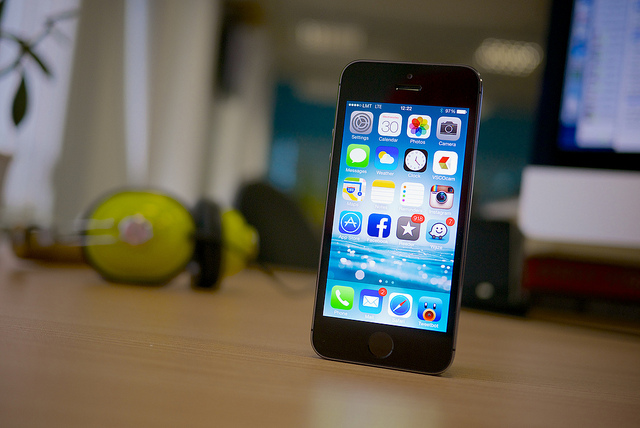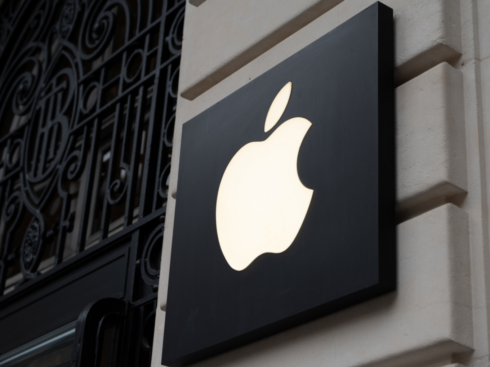Mobile advertising has come of age in India. During one of the recent conversations with a friend in the mobile space, he was complaining that cost of user acquisition on Facebook has doubled in last six months. A few months back, the costs doubled in a year. India is world’s third largest smartphone market and no wonder marketers and global app developers are flocking to grab the market. However, as the industry matures, we see a clear trend of advertising going towards engagement than just mere acquisition of users. To us, this just makes sense.
As the population slowly gets used to their smartphones, they are more careful about the apps they install and are quick to dismiss an app and ready to uninstall. We have seen 30% of your newly acquired users will uninstall your app within 3 days of install registering less than 2 sessions with total duration of less than 10 seconds! This particular trend of lower and lower user retention and skyrocketing CAC(customer acquisition cost) has forced marketing managers to innovate on advertising models.
The CPI conundrum
CPI was the erst while king of performance marketing. As the investors demanded companies to gain traction on mobile, marketers flocked for CPI campaigns. The math was quite simple. Marketers would pay a fixed fee per install to advertisers. However, marketers realised that no. of downloads is a vanity metric(like Page views of Web!) and does not directly convert to revenue. At the flip side of it, it brings down the average lifetime value of a user and limits marketing team’s ability to get more users.
Incentivised Installs
In the race to generate maximum installs, advertisers relied on incentivised installs. In an incentivised install, the user gets something (usually virtual currency or discounts) to install another app. However, predictably, the engagement of incentivised installs are quite low. This again traps the marketing budgets in low LTV users. However, for certain categories like games, incentivised installs work a tad bit better partly because of user behaviour dynamics but not so much for other categories of apps.
The rush for maximum number of installs was also driven by play store’s algorithm on how it ranks apps on the lists and in search results. The algorithm gave disproportionate weightage to number of daily installs but not on the engagement and retention. To bolster their apps’ ranking and organic discoverability, marketers naturally rushed to maximise the downloads number. However, certain sources from inside the industry inform us that now the play store ranking lean towards net installs (installs – uninstalls) and put a heavy weightage on long term user retention for a particular app to rank them. This change is now forcing marketers to gain more bang out of their buck and acquire a loyal user base.
A large shift of marketing money is moving from CPI campaigns to CPE (Cost per Engagement) campaigns. The CPE methodology, that worked really well for games thanks to ad networks like tapjoy, is now being adopted by other category of apps. A lot of marketers are going to the extent of multi layered engagement based payouts for the engagement level for each user.
How do CPE campaigns work?
In CPE campaigns, publishers and networks get paid out for user actions. The most popular models being, user opening the app atleast once 7 days after the install, searching for a product (for e-commerce), playing a certain level in the game (for games) etc. The payout is also layered. For example, an e-commerce company, would structure the payout in layers according to their own funnel. Amount X if 10% of acquired users search for a product, another amount Y if 2% users finally cart a product and amount Z per used who successfully completes a transaction within 30 days or 60 days of the install.
As the industry shifts its focus from getting installs to getting good quality loyal user base, the marketing dollars will continue to flow towards more and more engagement instead of plain user acquisition.



























